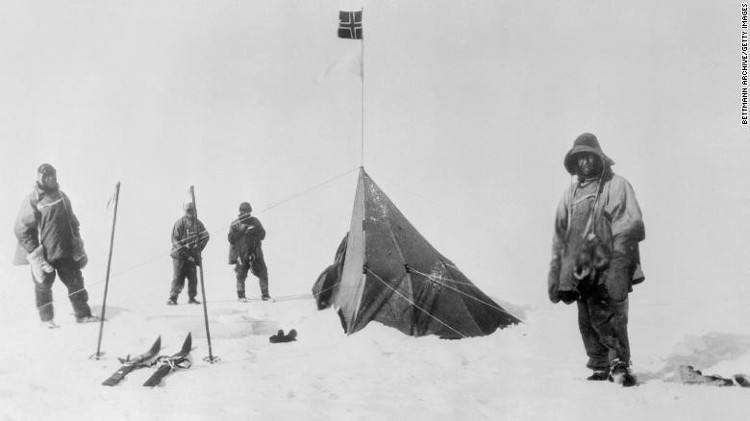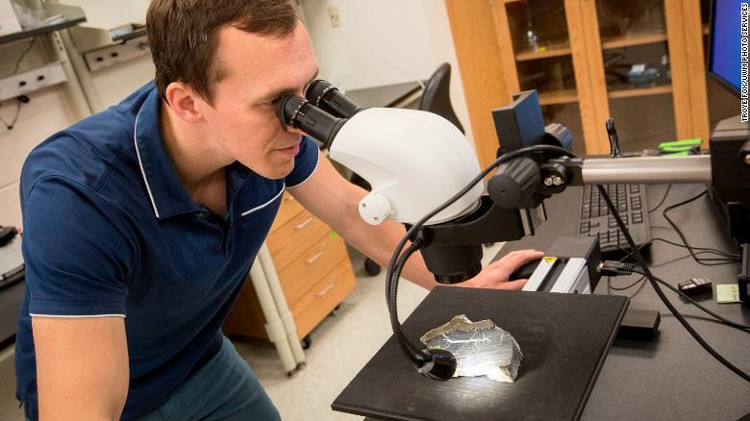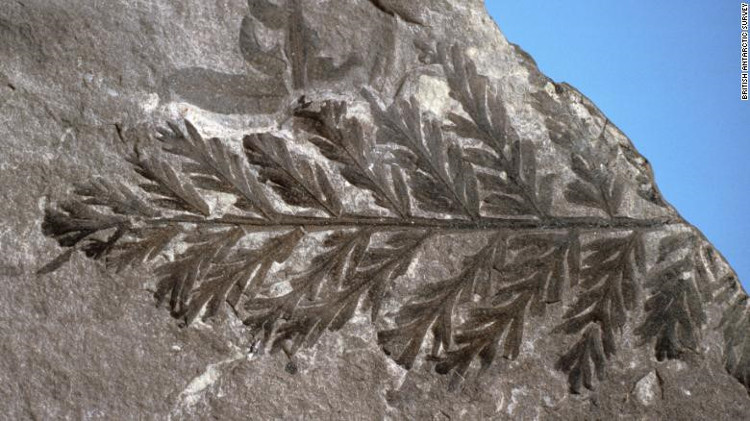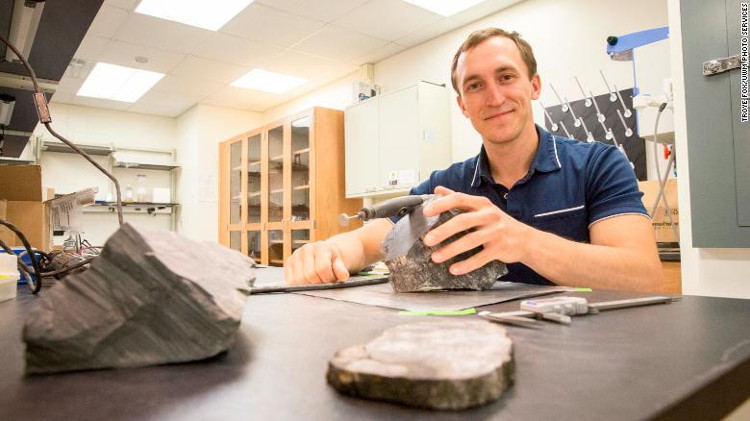The quest for the forest 280 million years ago in Antarctica
Geologists, despite extreme temperatures, crossed glaciers and snow mountains to find traces of a forest that existed in Antarctica hundreds of millions of years ago.

Antarctica that we know for thousands of years is a vast wilderness covered with thick ice.However, a recent finding has shown that 280 million years ago, this surface of the white continent once covered dense forests.(Photo: CNN).

280 million years ago, Antarctica was warmer now.Meanwhile, the continent is part of the supercontinent Gondwana in the south of the globe, which is now divided into Africa, South America, peninsula of Arabia, India, Madagascar, Australia - New Guinea and New. Zealand.(Photo: CNN).

This past summer in Antarctica, geologist Erik Gulbranson and a group of famous scientists found fossils that showed the existence of a forest in Antarctica hundreds of millions of years ago. even when dinosaurs appear on Earth.(Photo: CNN).

According to Professor Gulbranson, the southernmost part of the continent was then covered by ferns up to 40m tall, capable of surviving in the 4-5 months of control completely submerged in darkness and 4-5 months Then covered by continuous light.However, the wooden ring of these fossils shows a very difficult stage of growing plants.Gulbranson said that this shows that the environment is not easy for plants to grow.(Photo: CNN).

Gulbranson, a professor at the University of Wisconsin-Milwaukee, has been searching for fossils in Antarctica for seven years.During the trip from November 2016 to January 2017, they discovered fossils of 13 kinds of plants and many places with fossils of all kinds of leaves.(Photo: CNN).

One of the challenges for geologists is the quest for chronology of fossils.Professor Gulbranson explained that 280 million years is only a rough estimate and the Antarctic forest may be older or younger than that milestone for 20 million years.The chronology of this forest is judged based on the date of fossil leaves and pollen remaining in sedimentary rocks.(Photo: CNN).

Finding fossil trees is also not easy because they are often difficult to see and mixed in stone.(Photo: CNN).

The search for fossils in Antarctica took place in the Transantarctic Mountains, the mountain range dividing the continent into two parts of East and West.It is not easy to cross glaciers and snow fields in temperatures below 0 degrees Celsius and winds above 60km / h.(Photo: CNN).

Gulbranson and his colleagues "entrenched" in large climbing suits, legs tied in snowshoes with studs at the sole. They carefully detect cracks in the ice to prevent deadly crashes. "It's clear from the start that people shouldn't be here," Gulbranson told CNN. "It is like you on the Moon or on the seabed."(Photo: CNN).

Gulbranson says his work and his colleagues can help us understand more about the impact of climate change in modern times. The phenomenon of global warming in modern times may lead to forests "migrating" towards the north pole.Subsequent expeditions also discovered hundreds of fossils of amphibians and reptiles in the Antarctic Peninsula.In the picture, a lobster fossil dates back to the time when dinosaurs disappeared from Earth.(Photo: CNN).
- Discovered a 250 million year fossil forest in Antarctica
- Antarctica: CO2 density is record high after 4 million years
- 100 million year old fossil forest
- The penguin species has appeared 20 million years ago
- Hungary: Discover an ancient forest of 8 million years old
- Excavation of 380 million year old fossil forest
- The temperature warms up, the fossil forest revives
- Hundreds of millions of fossil pine forests in China
- Warm sea can pull sharks to Antarctica: Potentially serious consequences
- 'Pompeii' 300 million years in Asia
- Forest cypress 50,000 years old intact at the bottom of the sea
- The 10 oldest forests on earth
 Discovered an ancient centipede fossil 99 million years old
Discovered an ancient centipede fossil 99 million years old Discovered bat-like dinosaurs in China
Discovered bat-like dinosaurs in China Discovered a 200-year-old bronze cannon of the coast
Discovered a 200-year-old bronze cannon of the coast Discover 305 million-year-old spider fossils
Discover 305 million-year-old spider fossils